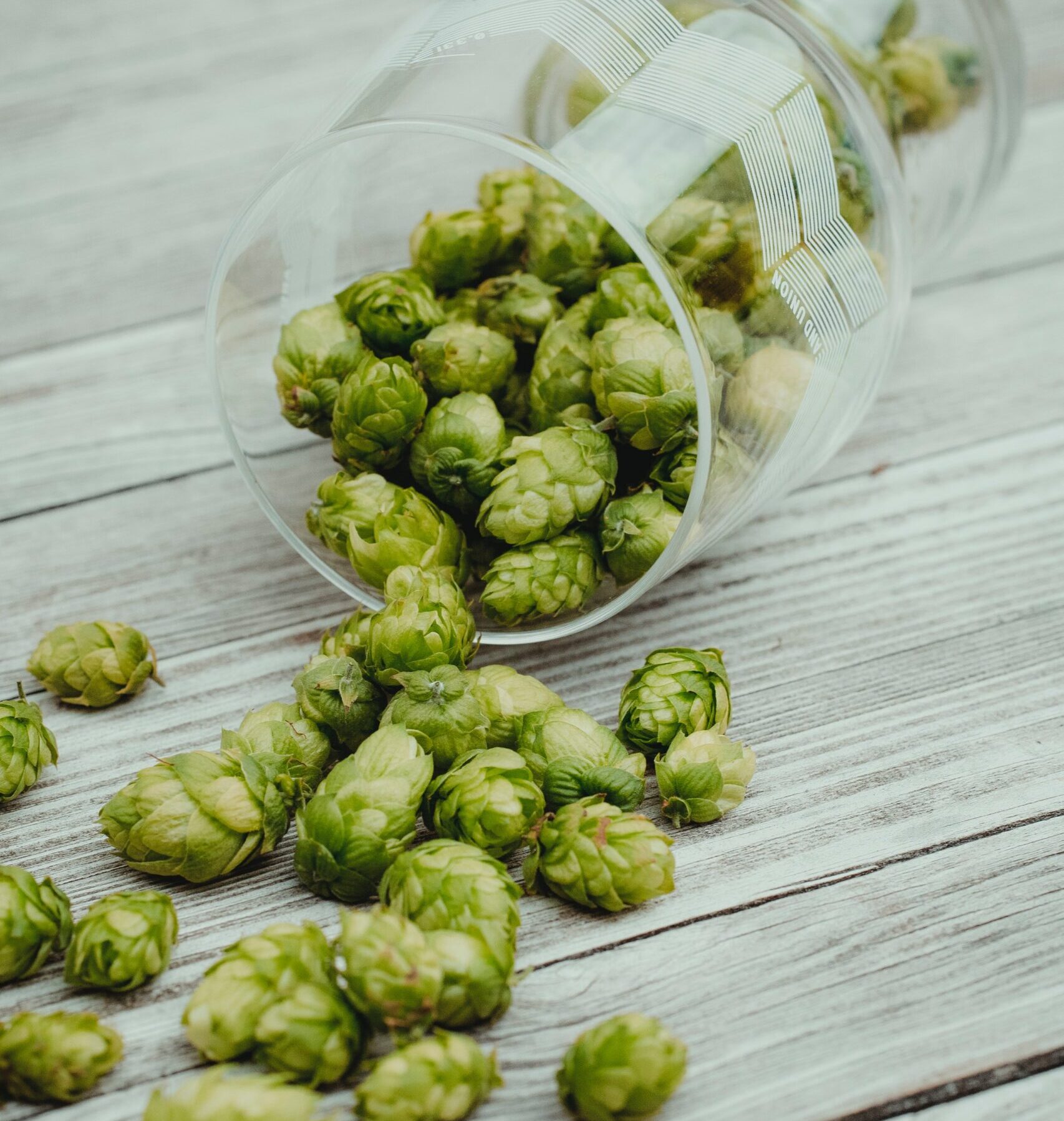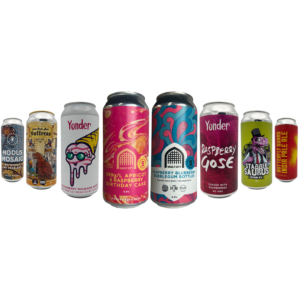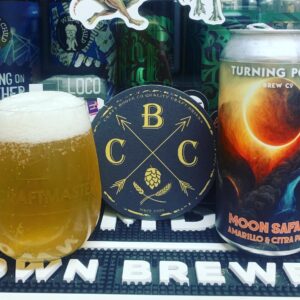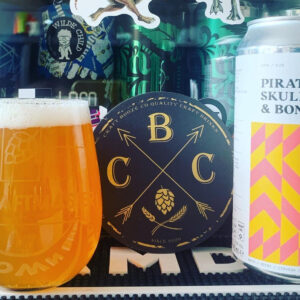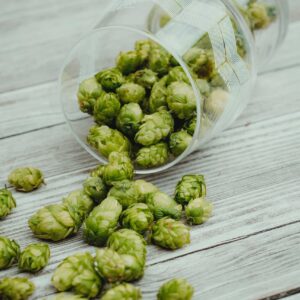HOPS A BRIEF OVERVIEW
Without hops there is no beer, the very definition off beer is an alcoholic drink made with hops.
Hops provide flavour, aroma, and bitterness. But where do they come from, and how are they used to create different styles of beer? In this brief overview, we’ll explore the history of hops, some different types of hops, and how they’re used in brewing.
What are Hops?
Hops are the dried, cone-shaped flowers of the hop plant, Humulus lupulus which are used in brewing to provide bitterness, flavour, and aroma. There are hundreds of different hop varieties available, each with its own unique characteristics and flavour profile. Some common flavours and aromas associated with different hop varieties include citrus, pine, tropical fruit, floral, and spicy.
How are Hops Used?
Hops are added to the brewing process at different stages to achieve different effects. The hops added at the beginning of the boil, known as bittering hops, contribute bitterness to the beer. Hops added towards the end of the boil, known as aroma hops, contribute aroma but very little bitterness. Hops added after the boil, known as dry hops, contribute aroma and flavour.
A Brief History of Hops
Hops have been used in beer-making since the 9th century, when they were first grown in Germany, they were first cultivated for their medicinal properties and it wasn’t until the 14th century that they began to be used in beer-making. They became popular because of their ability to preserve beer and give it a bitter flavour that helped to balance the sweetness of malt.
How Hops are Grown
Hops are a perennial plant that grow best in areas with a temperate climate and long summer days. The hop plant is a climbing vine that can grow up to 25 feet tall, and requires a trellis or other support structure to grow on. The hop plant produces flowers, or cones, which are harvested and dried before being used in brewing.
Variety of Hops
There are hundreds of different hop varieties available, each with its own unique characteristics and flavour profile. Some common flavours and aromas associated with different hops include citrus, pine, tropical fruit, floral, and spicy. When selecting hops for a brew, it’s important to consider the style of beer you are making and the flavours and aromas you want to achieve.
Styles of Beer
Each beer style has its own typical blend of hops and whilst there is no hard and fast rule as to which hops to use below are some examples of beer styles and the hops they use.
Pale Ale: Cascade, Centennial, Citra
India Pale Ale (IPA): Chinook, Columbus, Simcoe
Pilsner: Saaz, Tettnang, Hallertau
Wheat Beer: Hersbrucker, Hallertau Mittelfrüh, Tettnang
For example, American pale ales and IPAs typically use hops that impart citrus, pine, and tropical fruit flavours and aromas, while German lagers use hops that provide a more subtle, spicy flavour and aroma.
In conclusion, hops are a crucial ingredient in beer, and their unique flavour and aroma profiles play a vital role in determining the taste of different beer styles. From their early use as a preservative to their modern-day use in brewing, hops have a fascinating history that is intertwined with the history of beer itself.


